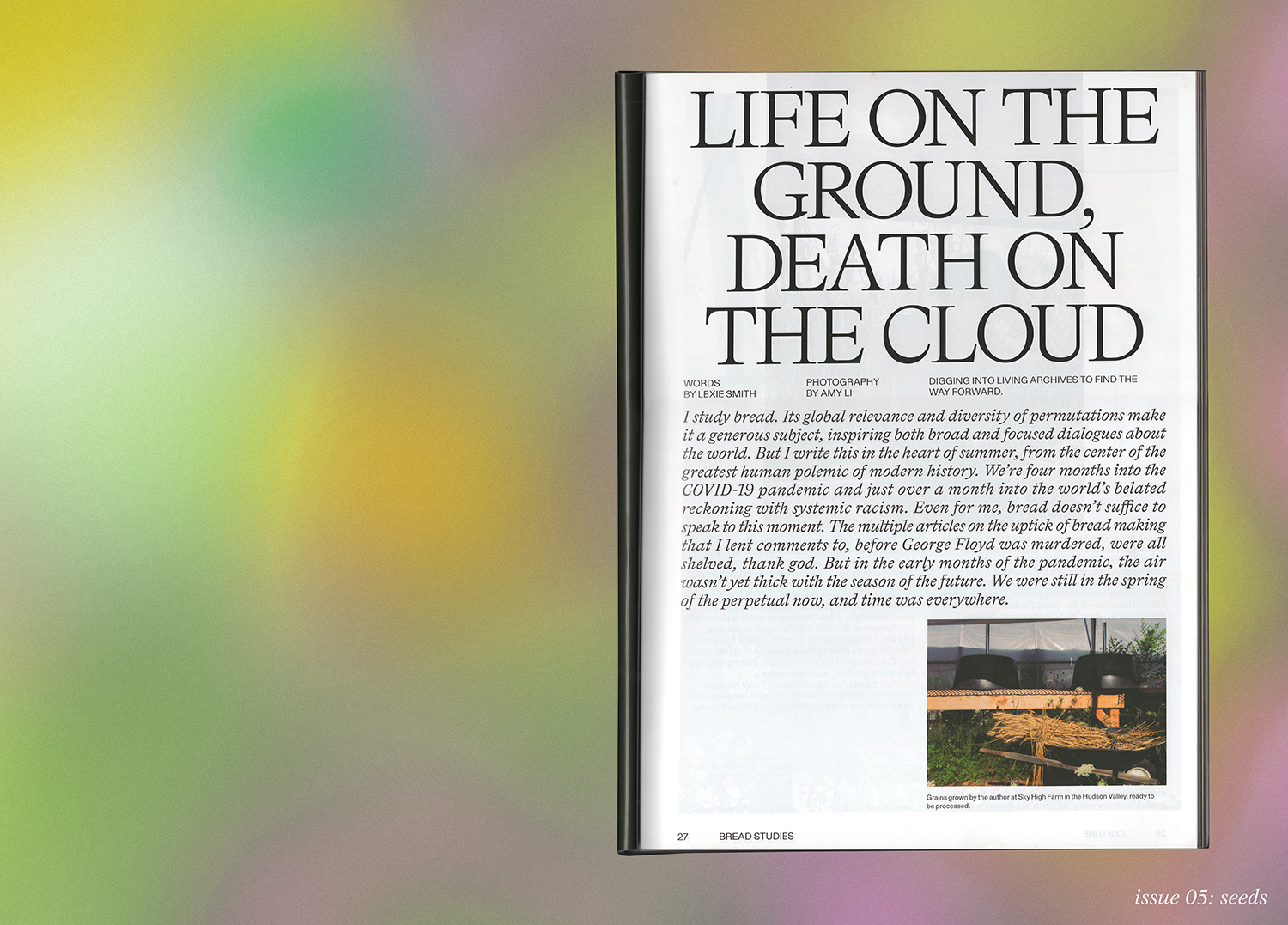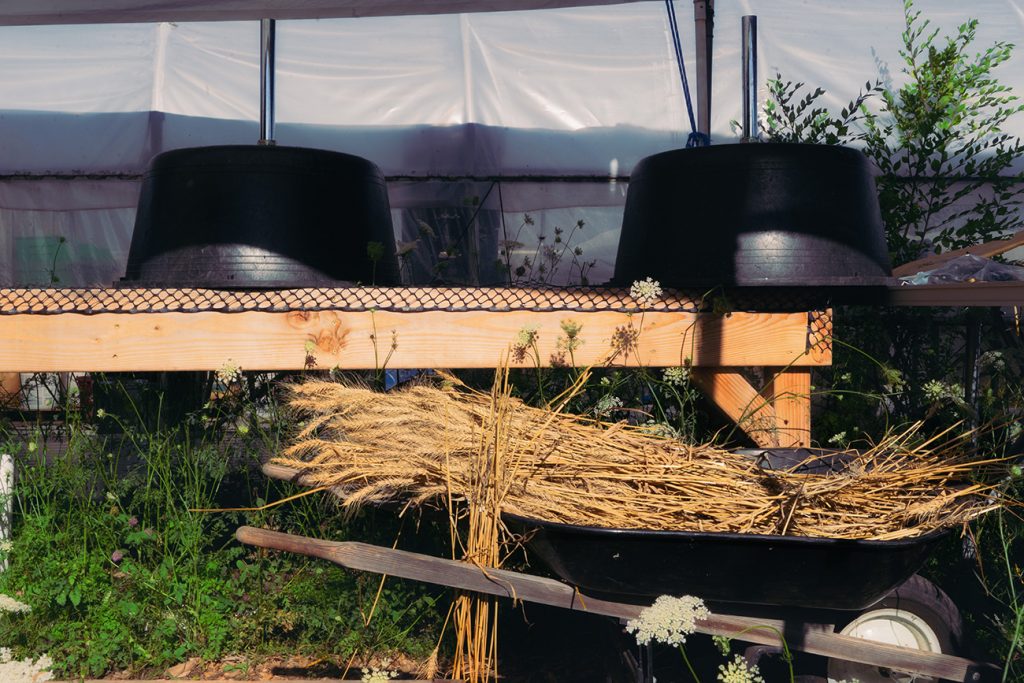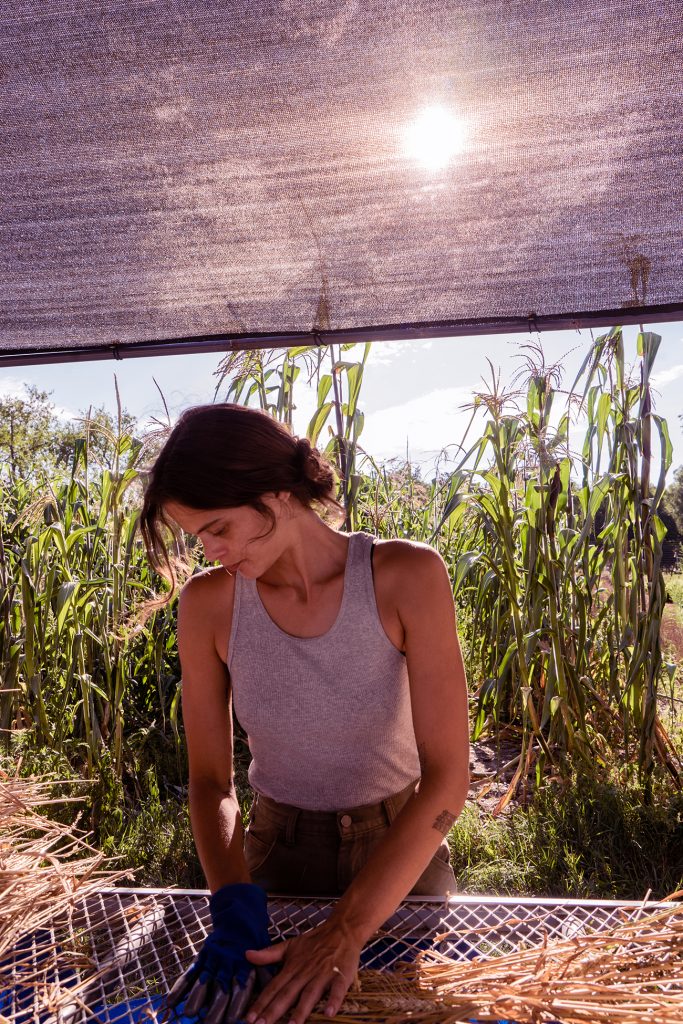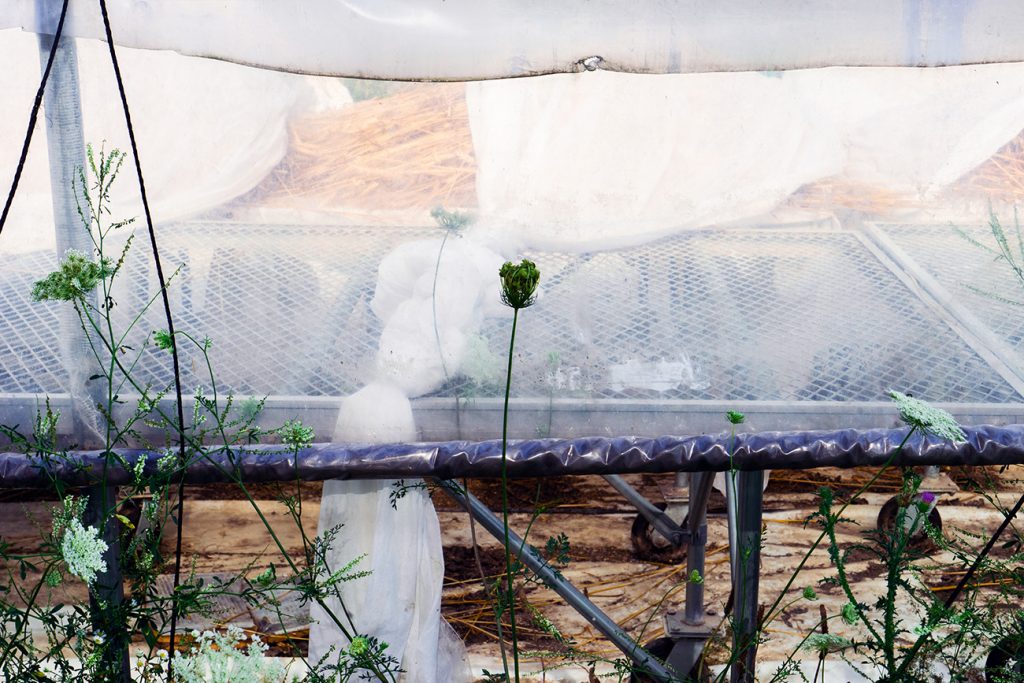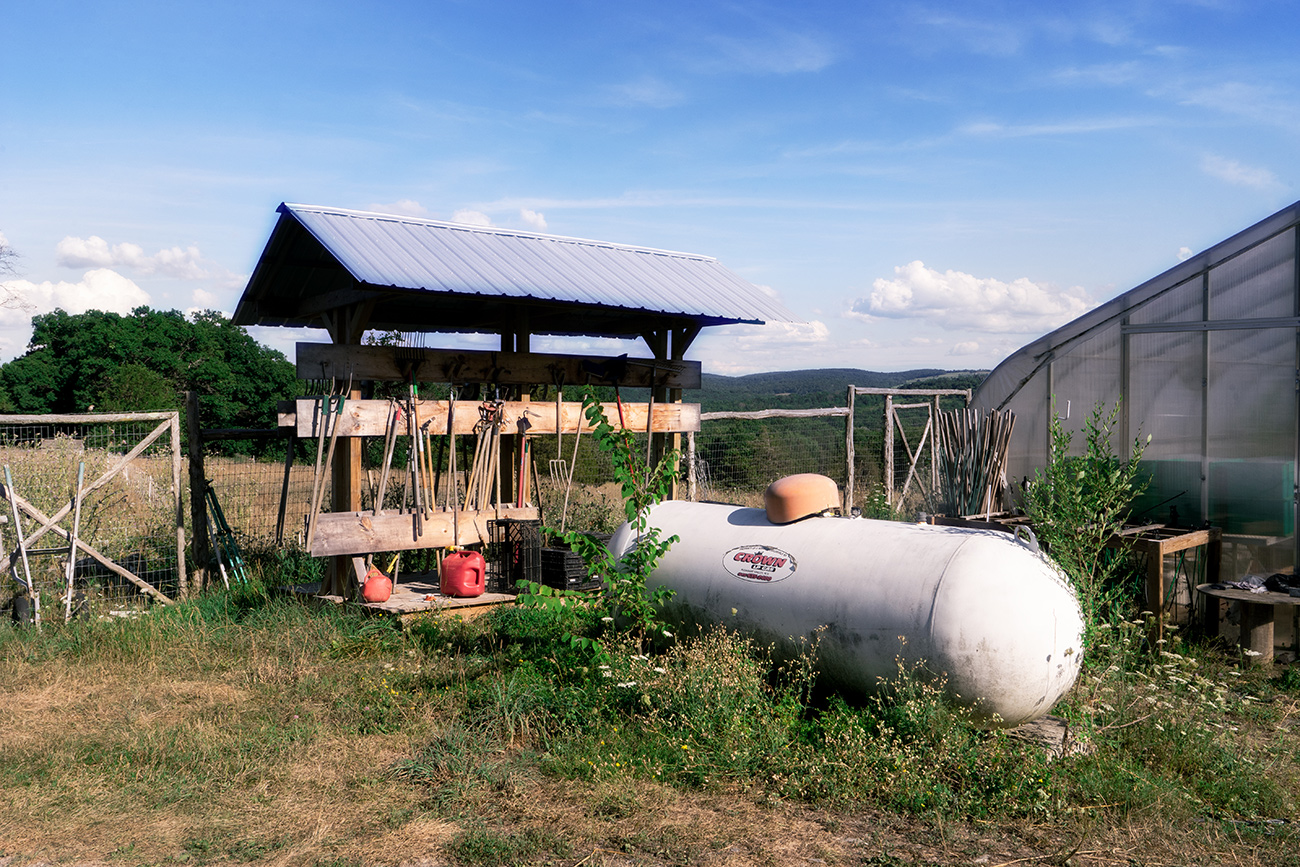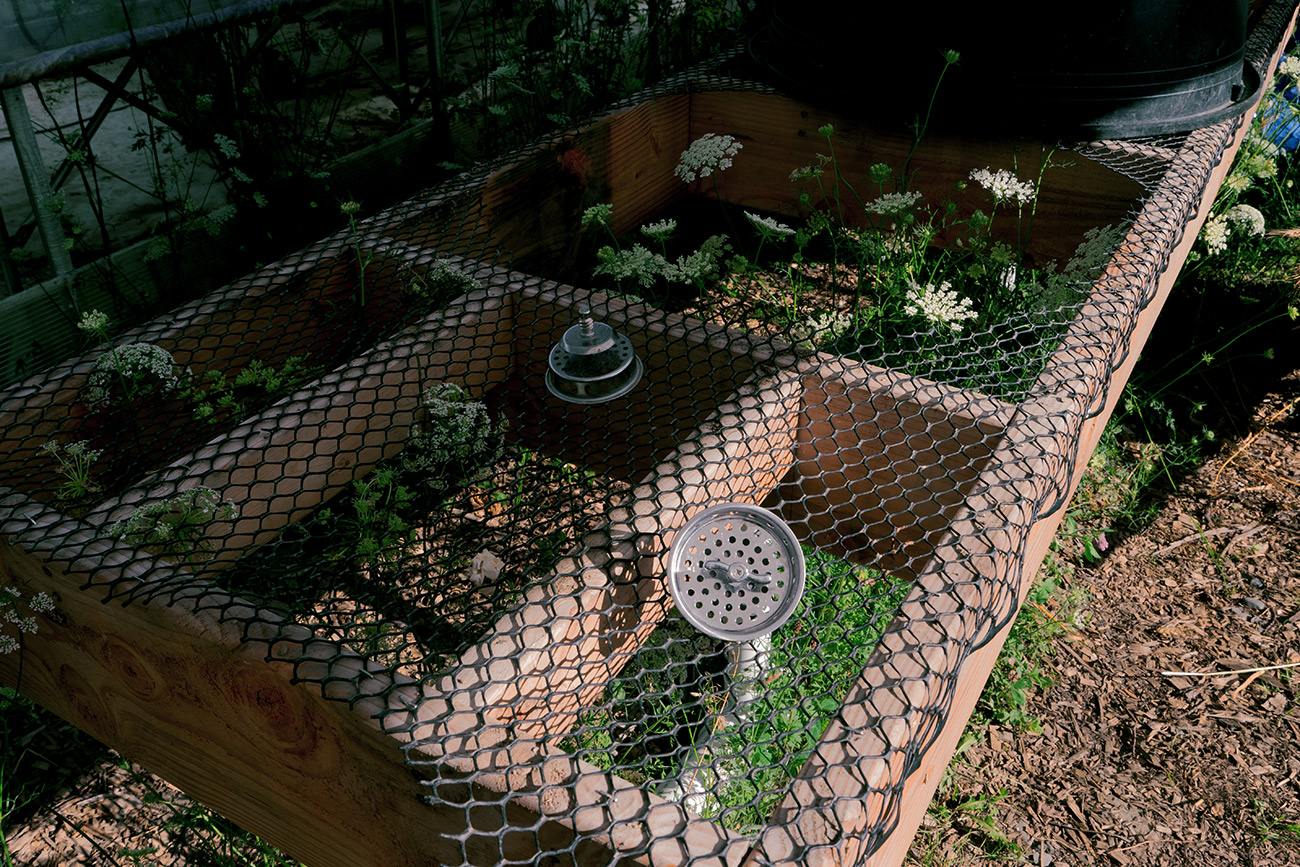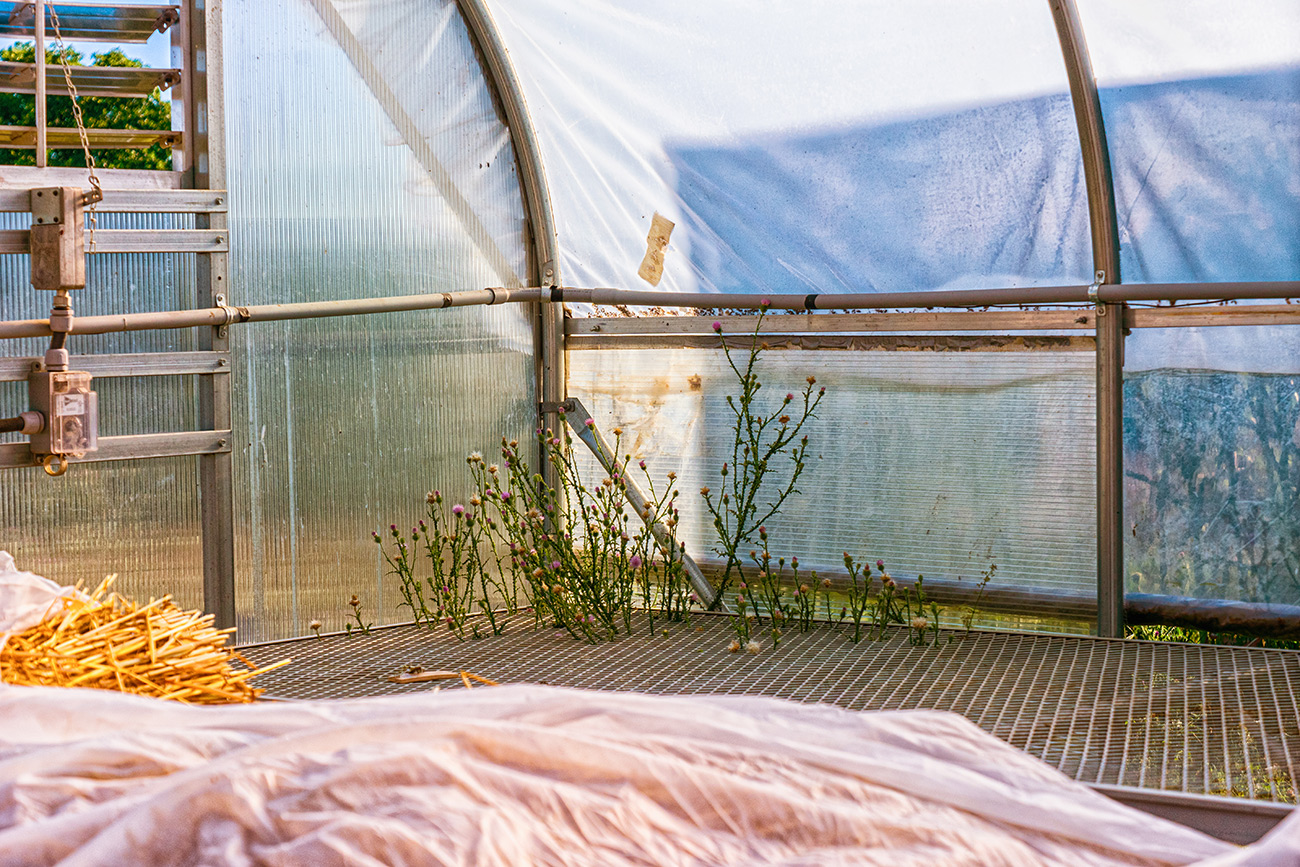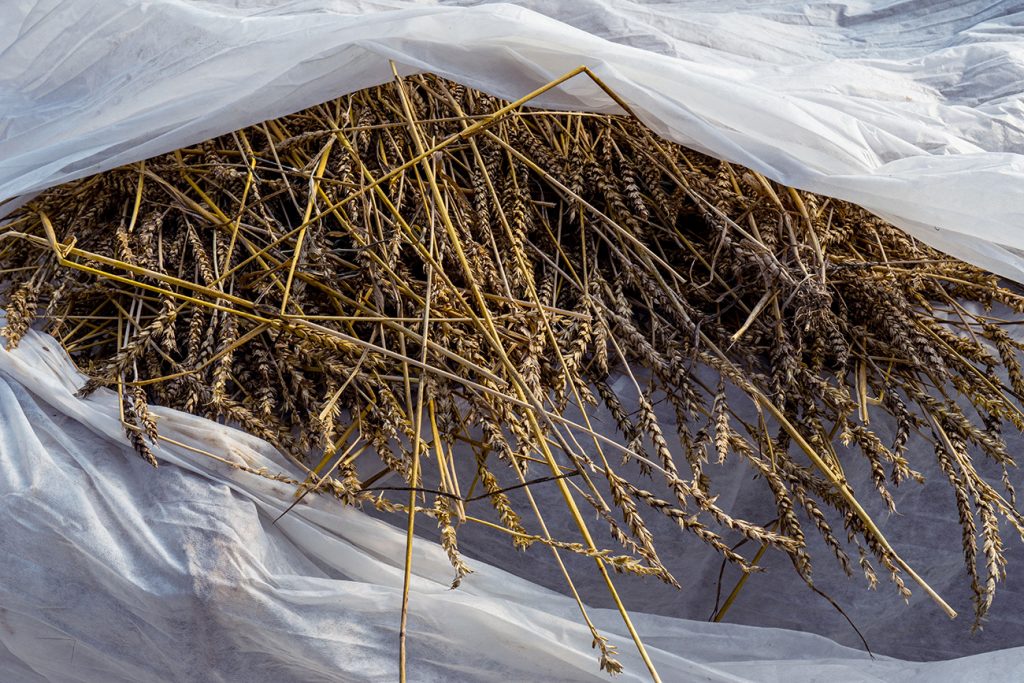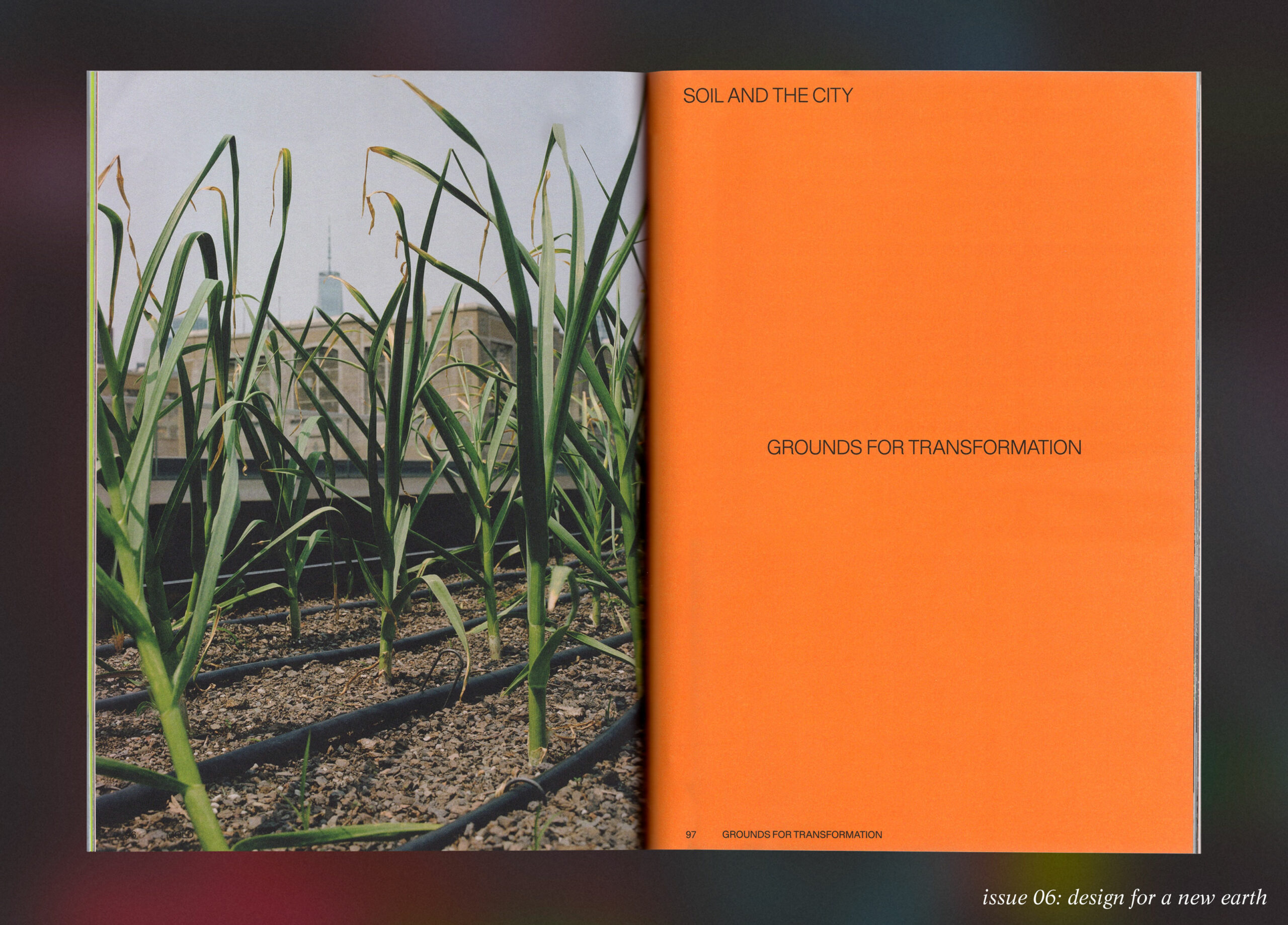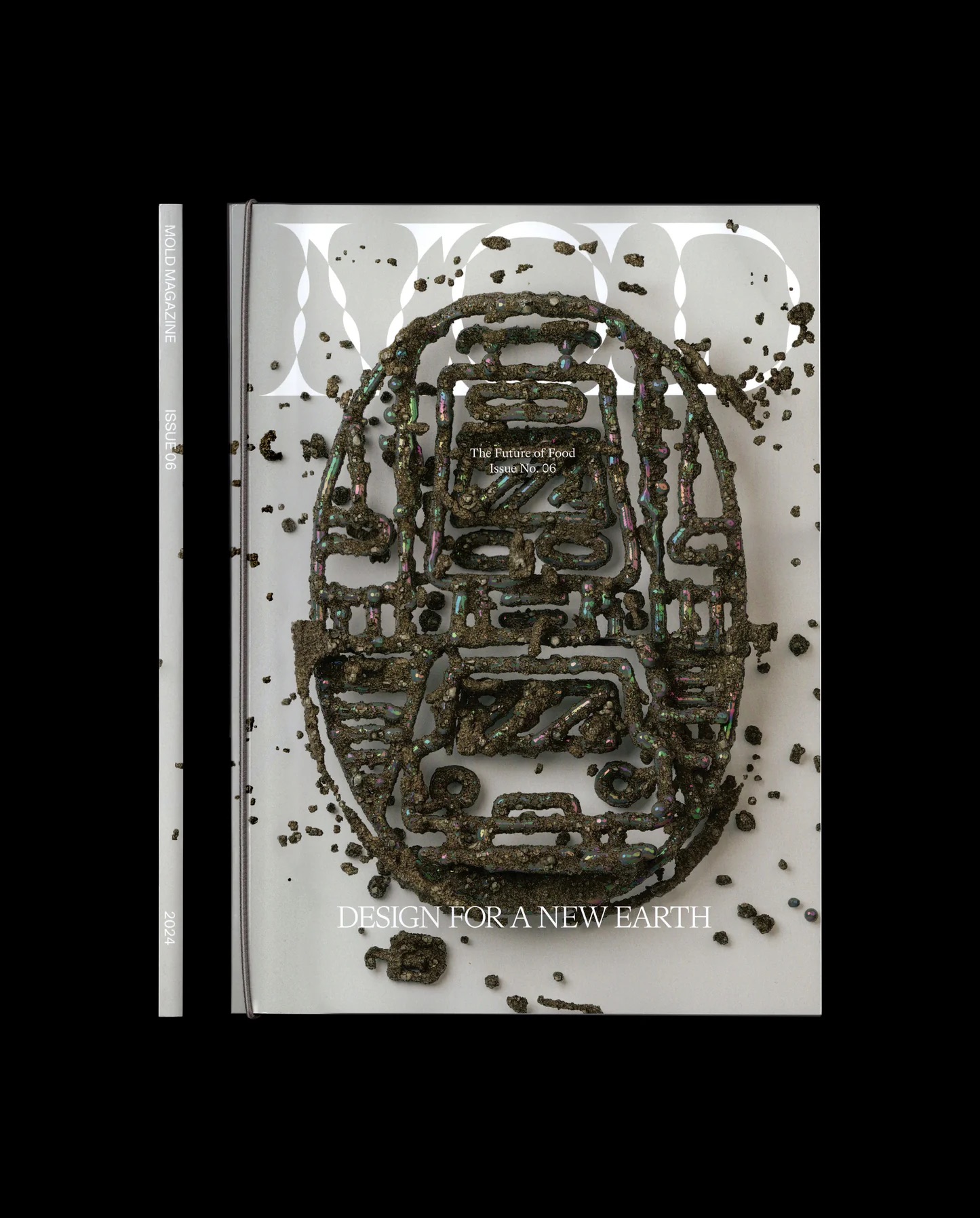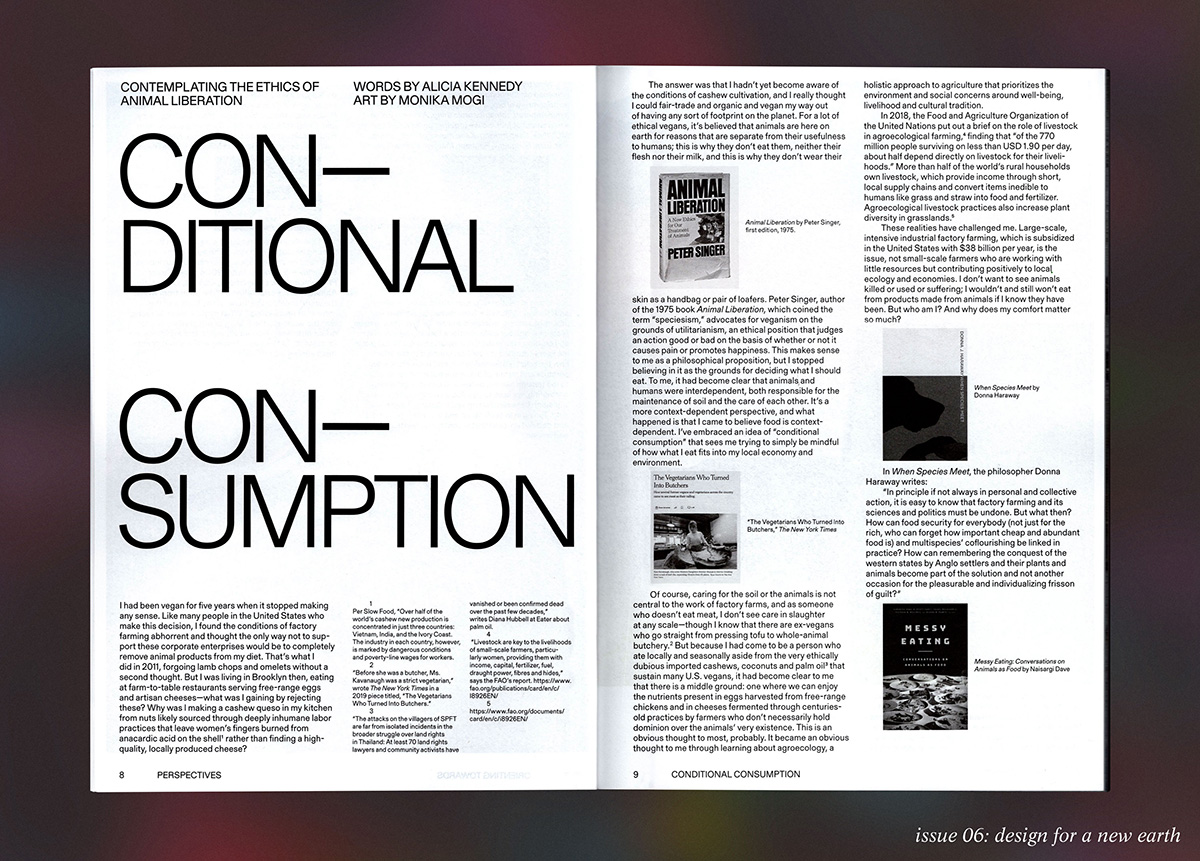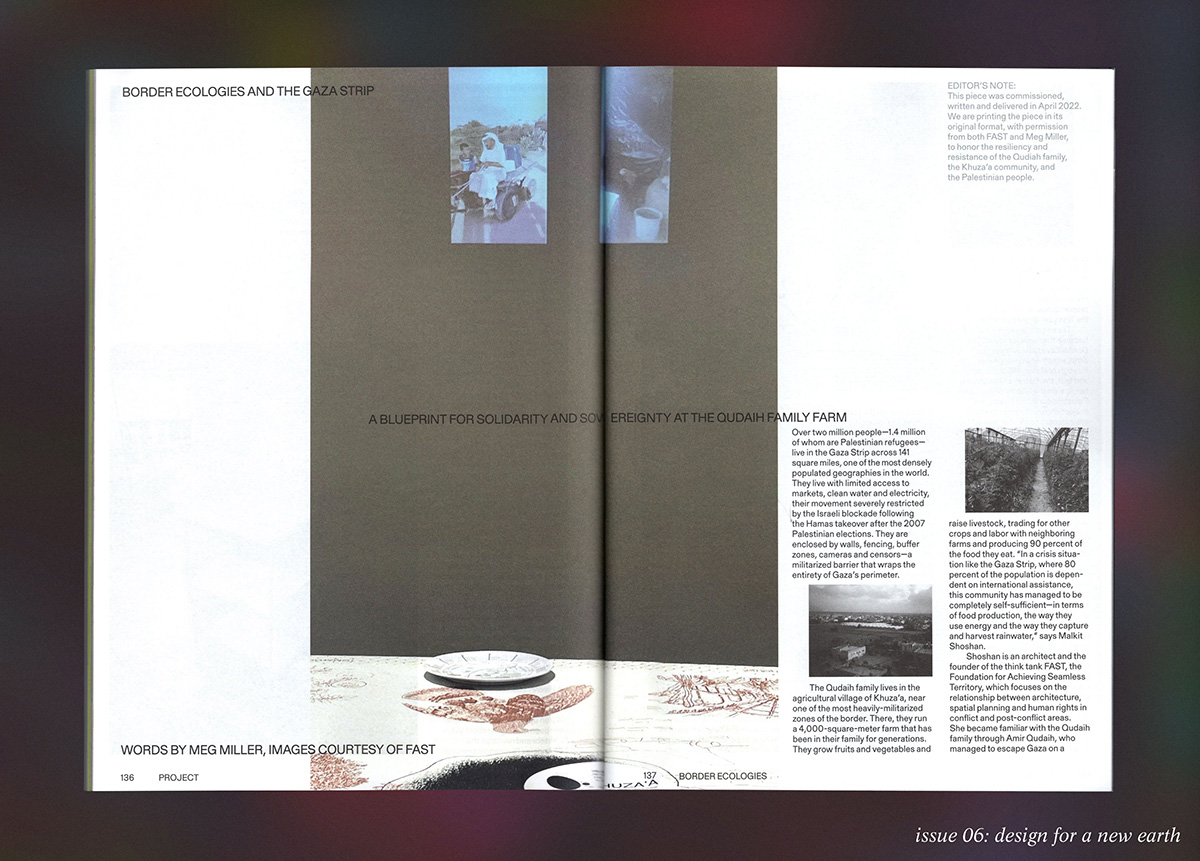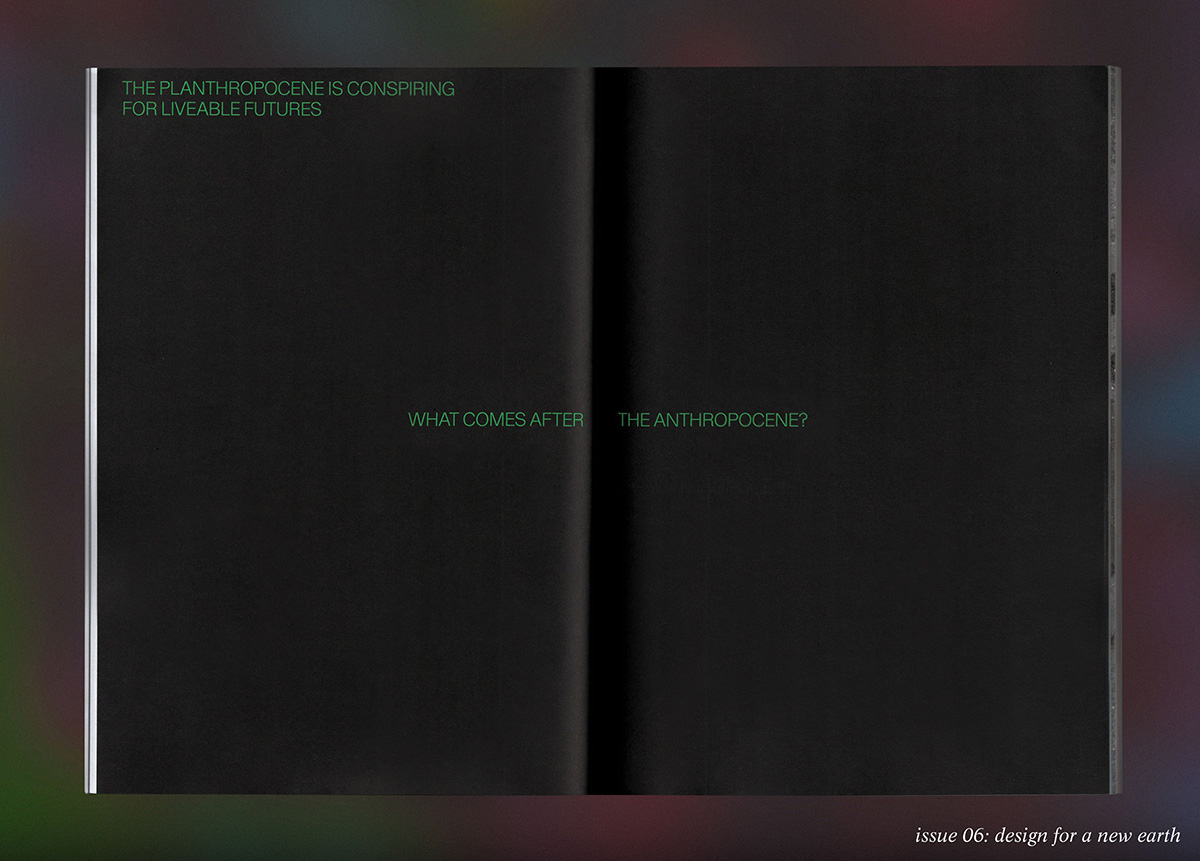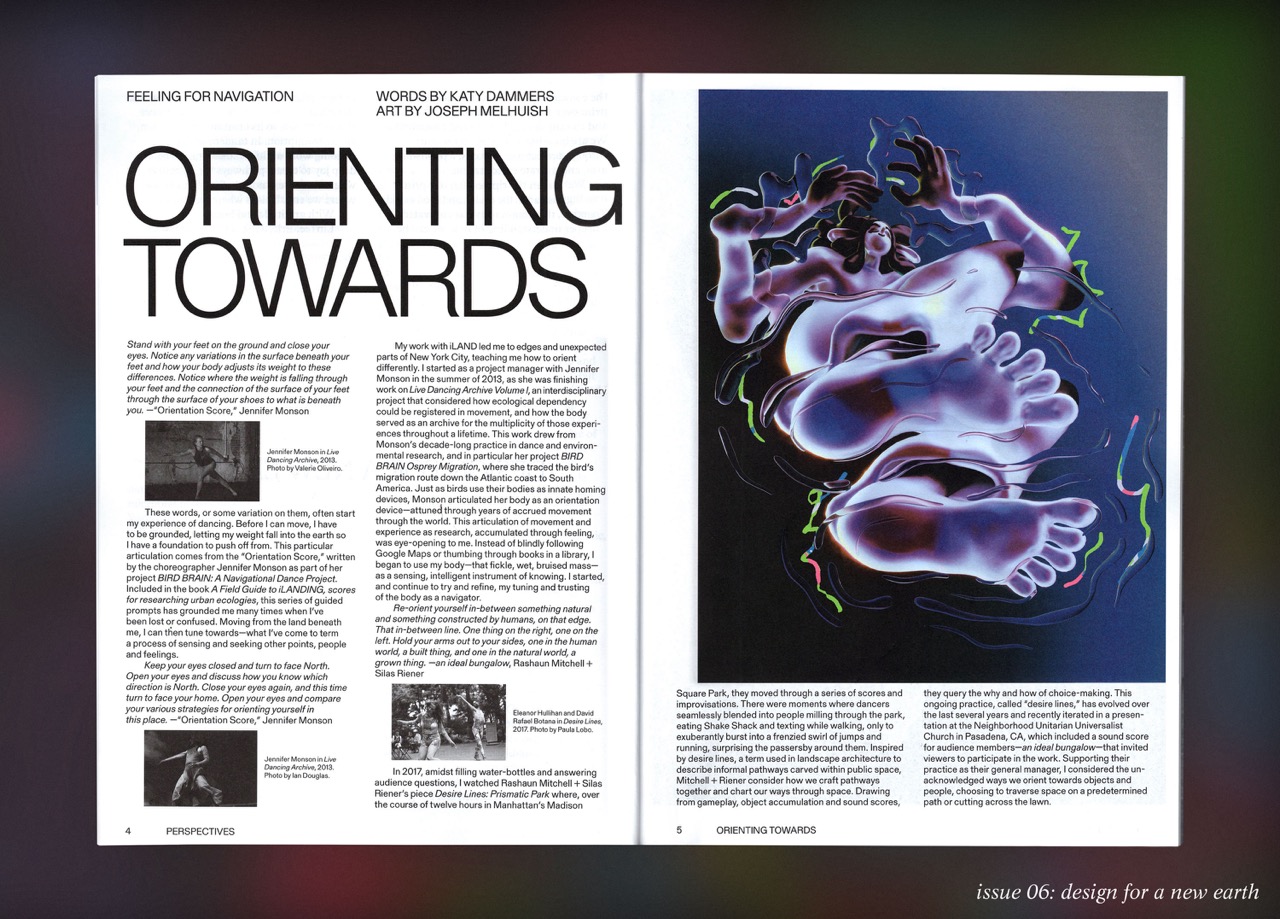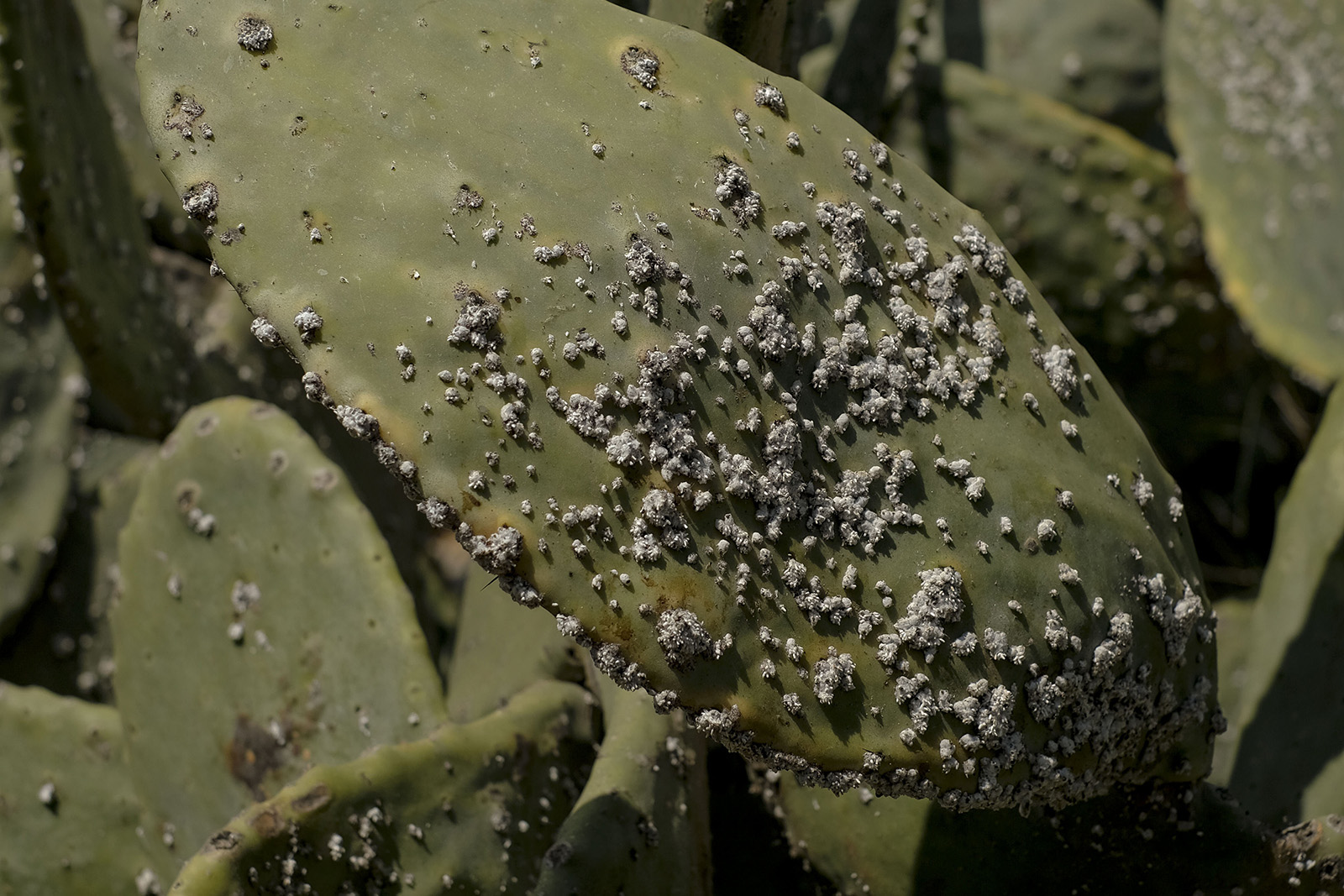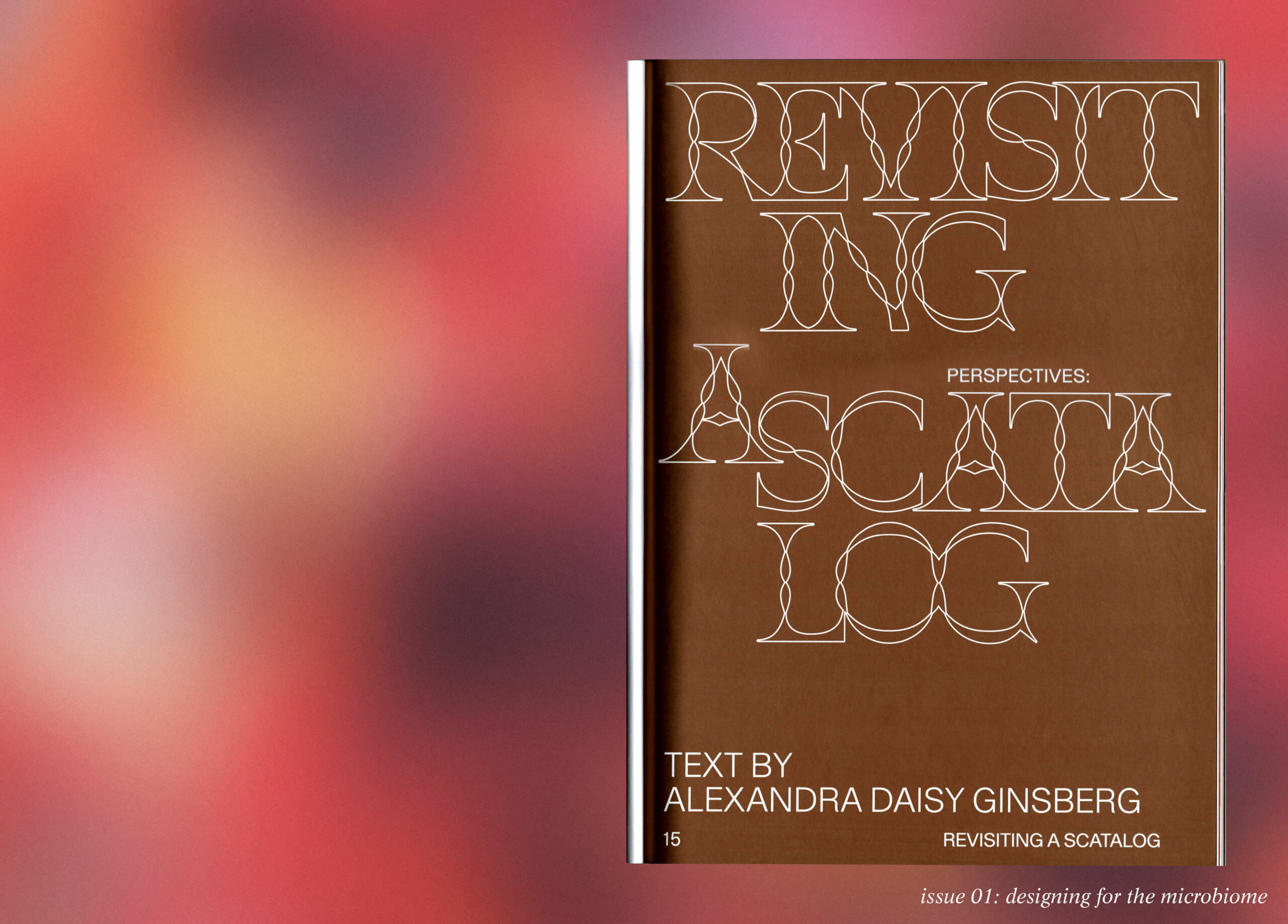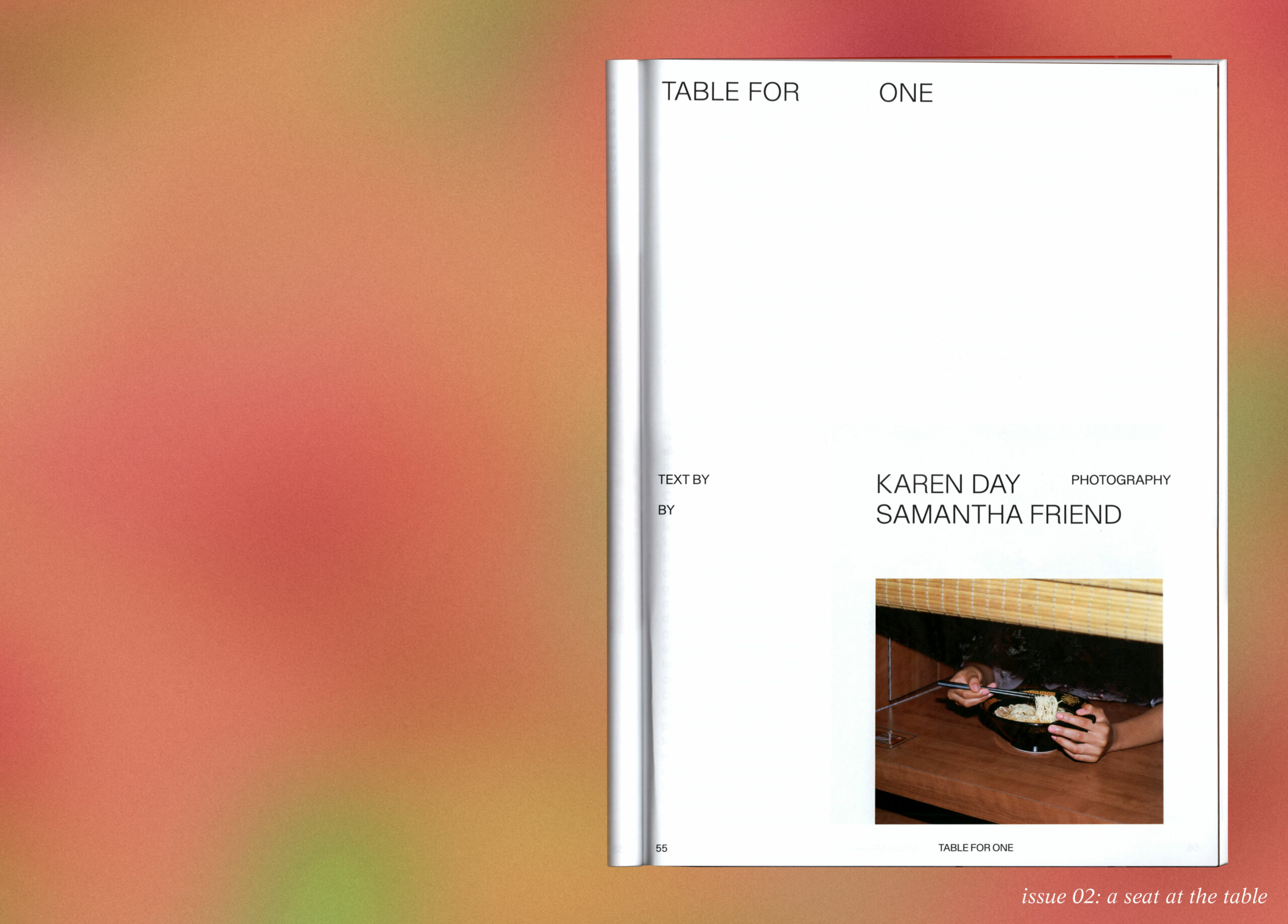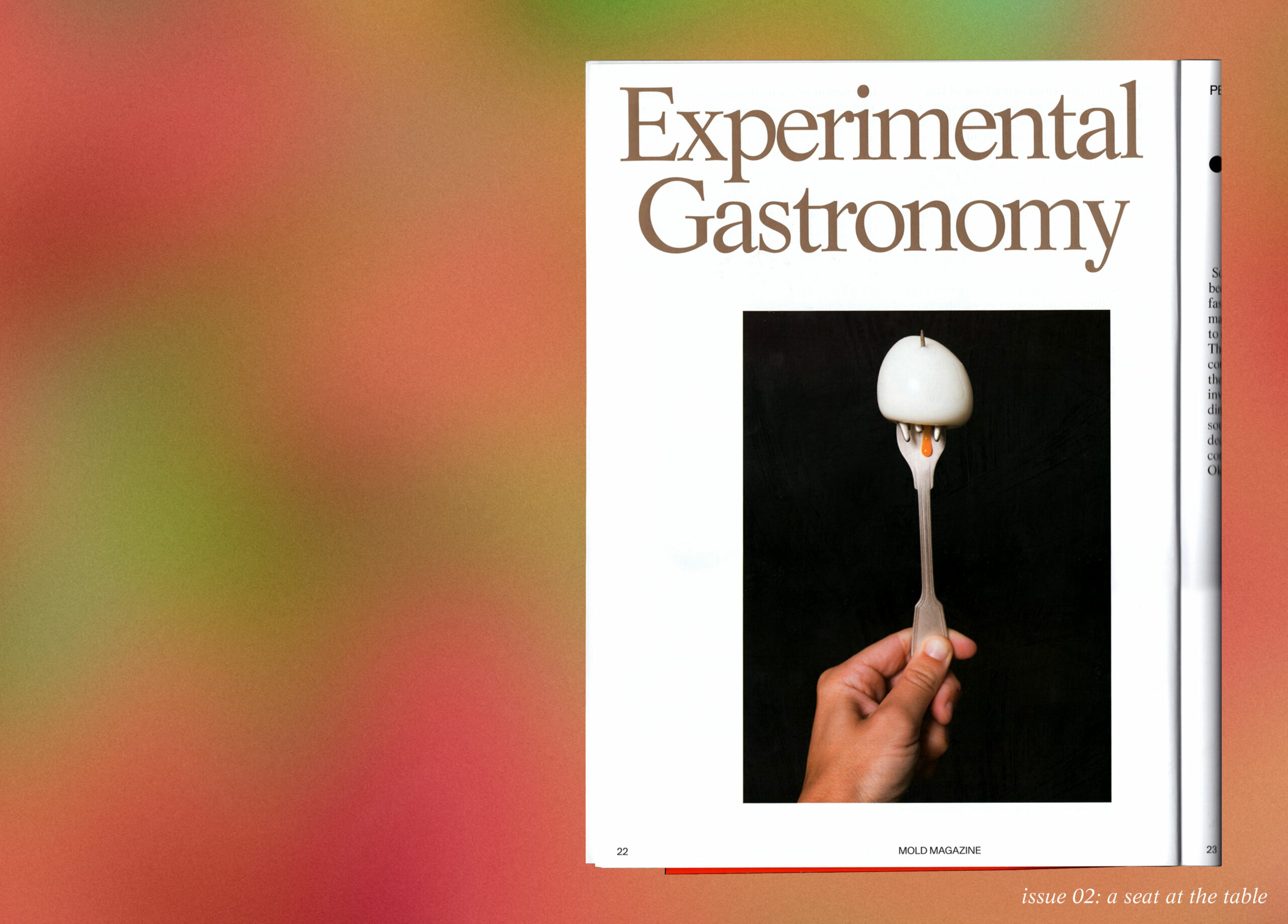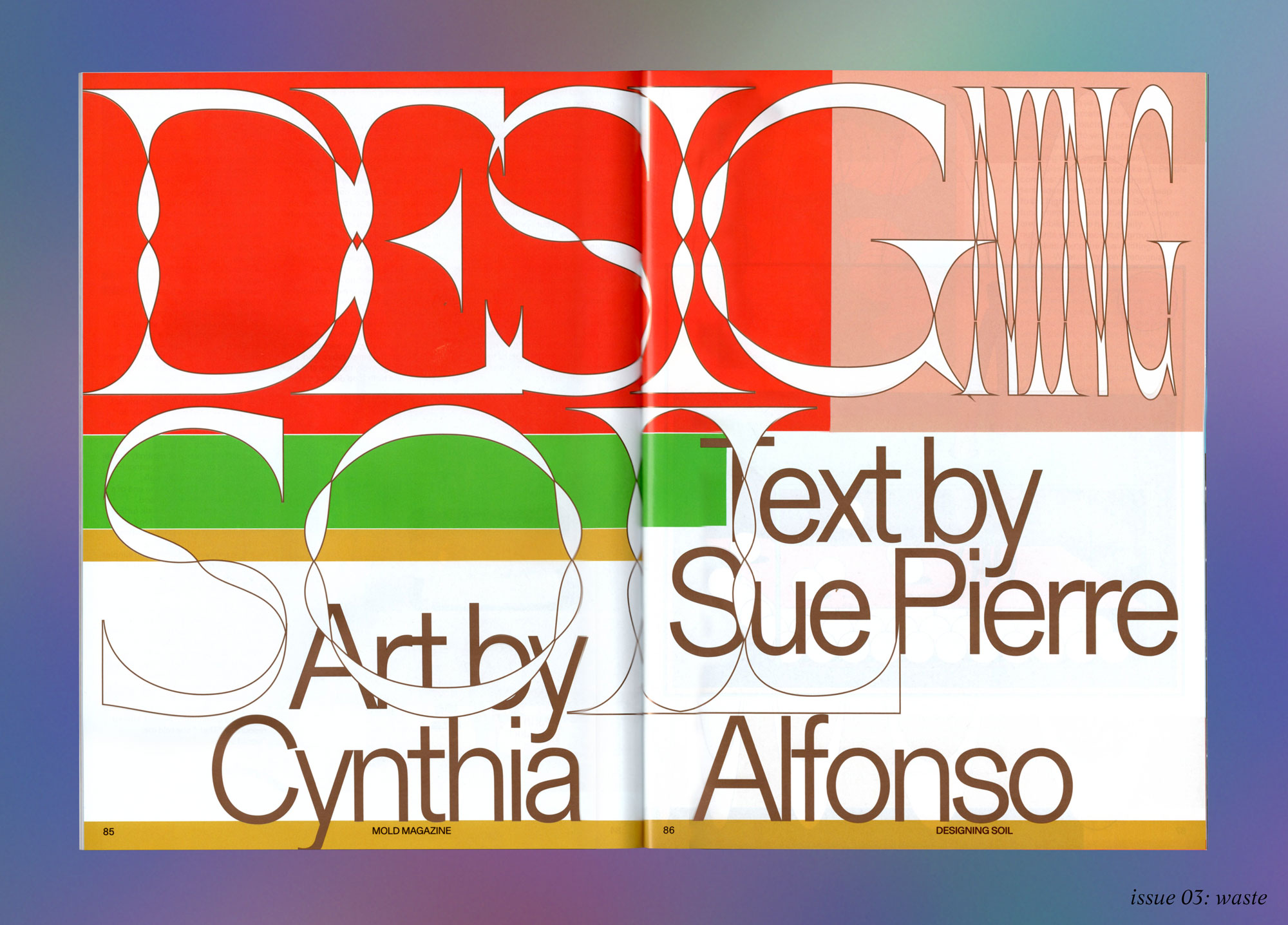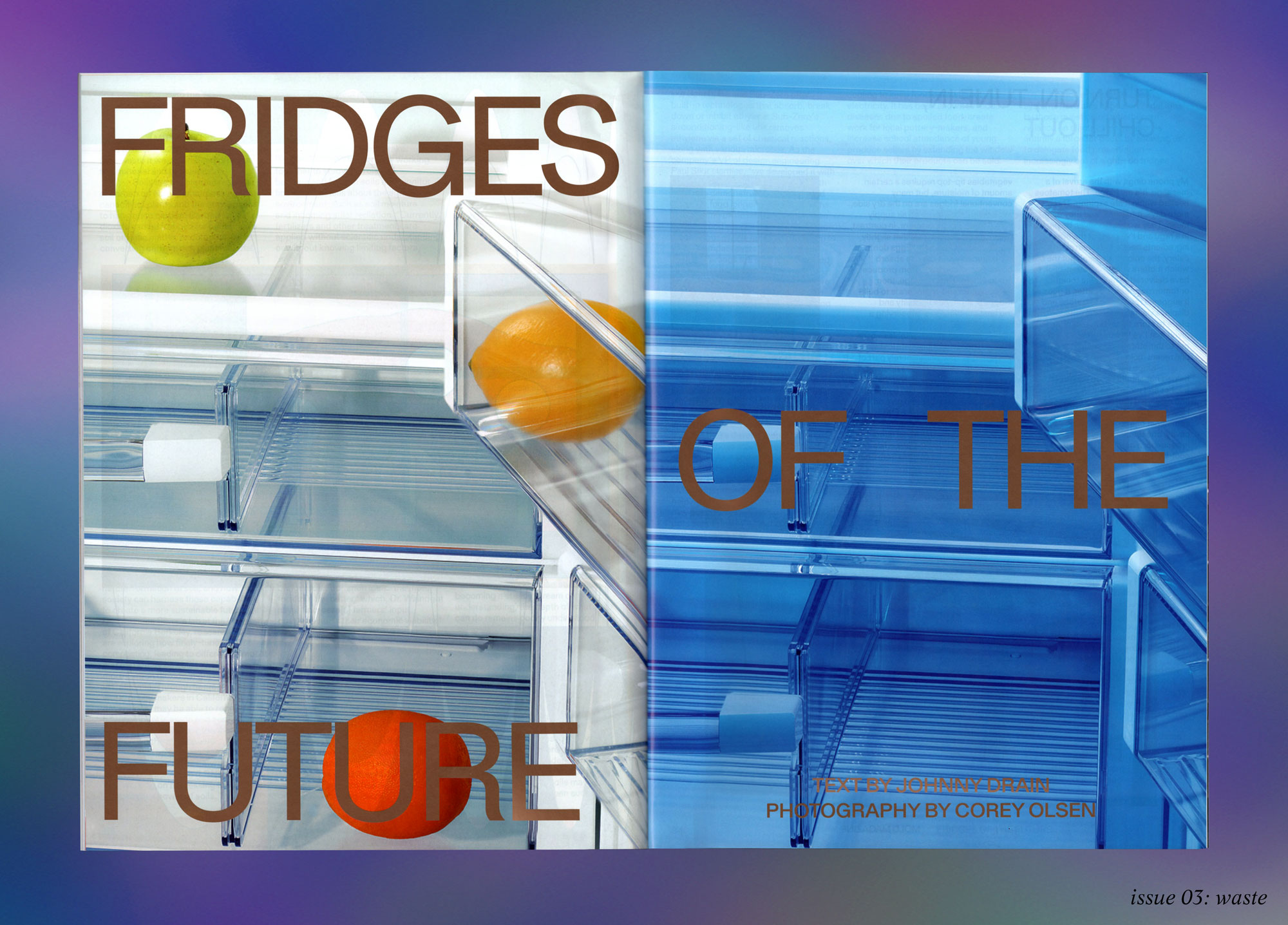Pre-order your copy of SEEDS, MOLD Magazine Issue 05 here for a pre-order price of $18USD. Expected ship date is March 22.
I study bread. Its global relevance and diversity of permutations make it a generous subject, inspiring both broad and focused dialogues about the world. But I write this in the heart of summer, from the center of the greatest human polemic of modern history. We’re four months into the COVID-19 pandemic and just over a month into the world’s belated reckoning with systemic racism. Even for me, bread doesn’t suffice to speak to this moment. The multiple articles on the uptick of bread making that I lent comments to, before George Floyd was murdered, were all shelved, thank god. But in the early months of the pandemic, the air wasn’t yet thick with the season of the future. We were still in the spring of the perpetual now, and time was everywhere.
Photography by Amy Li for MOLD Magazine.
During this period, I mailed more than 1,200 packages to strangers around the world. Each recipient had contacted me requesting a 5g packet of dehydrated sourdough starter, which I’d made available, free of charge, during the first days of lockdown. I hadn’t expected a response of any such magnitude, but in many ways, I should have known. For years, I’ve been documenting the assault on wheat 1 by both Western culture and industry alike, and I watched as the pendulum swung back at warp speed. The surge in bread making was a response to the threat—if not the actual experience—of scarcity, combined with the wide expanse of time so many found themselves with. A new awareness of our estrangement from both community and sustenance dawned. Bread went viral.
Sourdough starter, an endlessly divisible mixture of billions of yeasts and bacterias working in tandem to fortify and leaven bread, the foodstuff most universally symbolic of comfort and security, was an obvious choice for the freshly unmoored. I churned out starter and recipes and troubleshooting tips as fast as I could for weeks on end. Everybody wanted to talk about bread, even if they’d been avoiding eating it for years. If ever there had been any doubt, it was dissolved: bread is a reliable canary when the Earth’s coal mine is on fire.
Bread is an alarm, but it’s not the solution. People with a compulsive relationship to baking it already know this, though I’ve been happy to lend the salve of sourdough to the masses to assist with a moment of self-sufficiency in the comfort of their homes. Recapitulated through images shared on social media, the new baking surge quickly became a digitized trend. And stale, it did. The ubiquity of the experience didn’t degrade its value, but the constant imaging tied it to a time and place. I watched new articles roll in: “No, You Don’t Have to Make Bread During Quarantine,” etc. Once the protests started, bread making returned to a quaint practice, a cultural memory.
For the last few days I’ve spent hours hunched over a bed of einkorn stalks in pursuit of lambsquarters and purslane that are spidering across its bald spots. Einkorn is the most ancient of six varieties of wheat, rye and oats that I planted in early spring at a farm in upstate New York. I’m growing them to learn more about non-commodity grains and the challenges and benefits they offer in a changing climate, culture and economy. The roots of the slower-growing heritage wheat varieties, particularly einkorn, were ravaged by wireworms early in the season and have yielded a scrawny crop. I’ll try and salvage enough come fall to save, share, and replant this winter.
Growing food feels more tied to revolution than baking bread does, and for the moment, the grain plot is more my library and refuge than the kitchen. Agriculture began when humans realized they could organize nature around themselves rather than organize themselves around nature. Some say this was the beginning of the Anthropocene, the unofficial age we find ourselves in now, when humans shape nature more than it shapes us. Bread needed ancient agriculture in order to become a viable and vital food source, and modern agricultural practices have steadily degraded it by homogenizing and weakening the wheat gene pool with chemical-dependent, profit-driven hybrids developed for industrial baking and trade on a global market and by poisoning the land and people tasked with growing it.
Sourdough has a relationship to time that can provide a simple but vital lesson about tending to life.
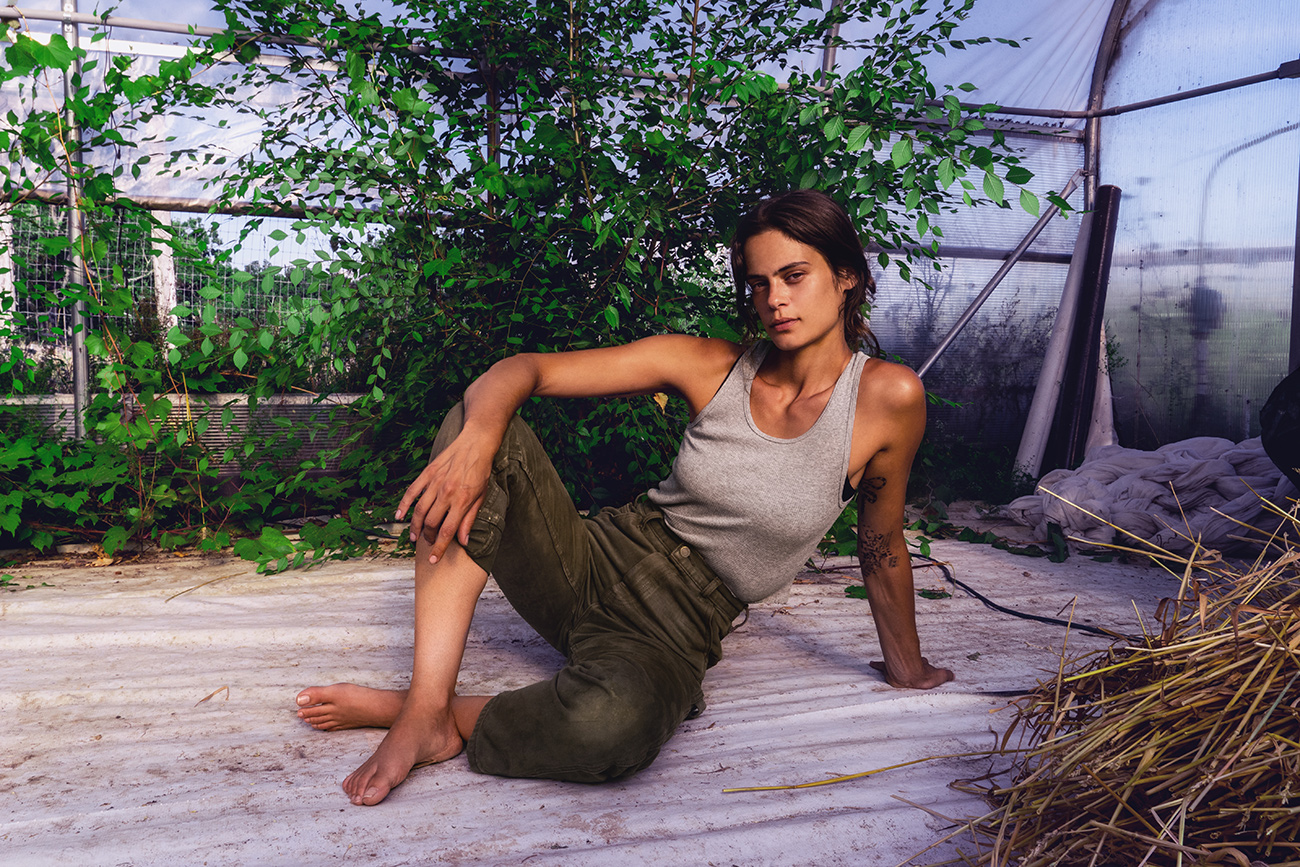
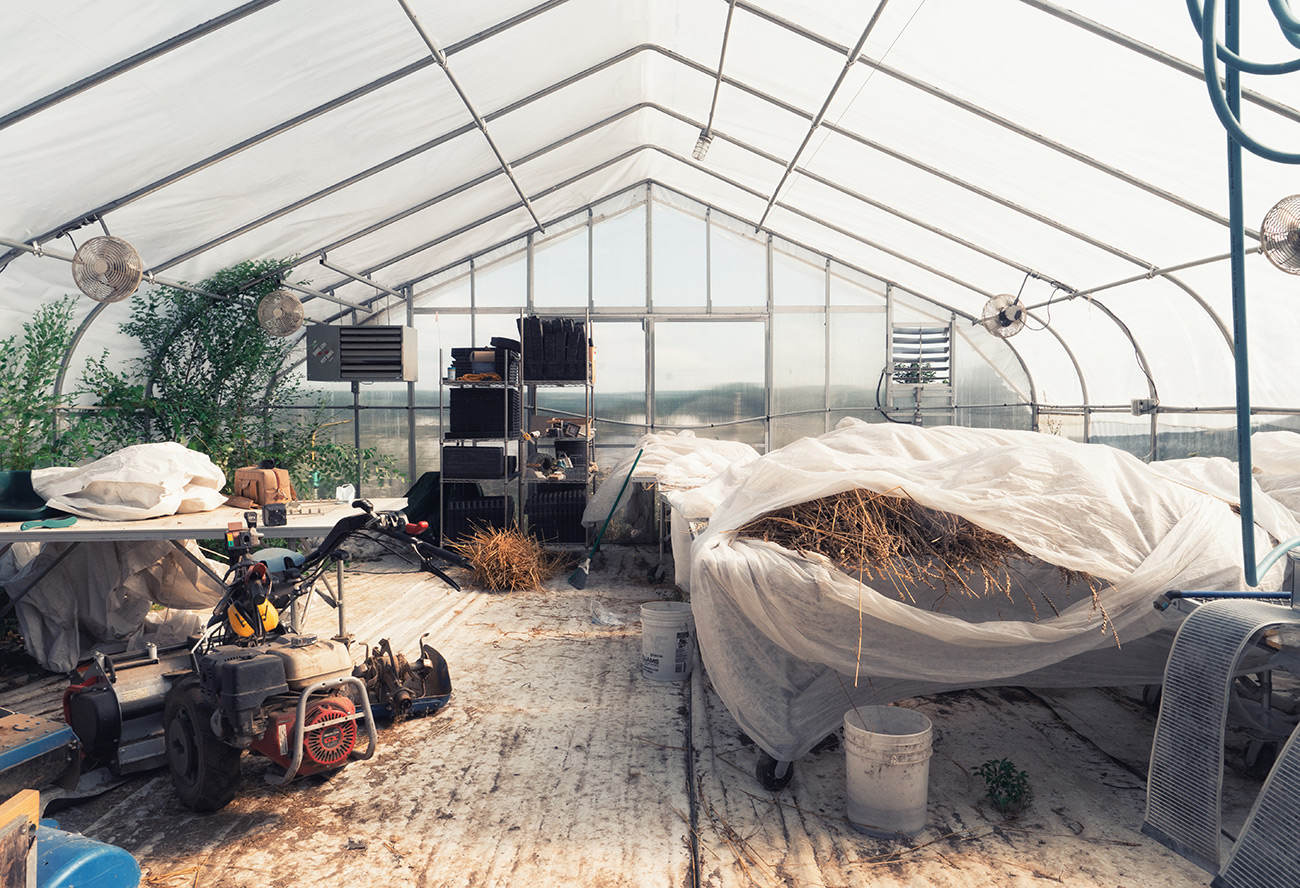
What happens when the wheat that’s been developed for an expired ecological status quo and a reliance on petrochemicals (made and sold by the same company as the seeds) can’t make it through the season? What does bread look like then? The answers aren’t in the pictures banked on the cloud, and mitigating capitalism’s externalities (anxiety, hunger, nihilism, ecological ruin) feels like an outdated tactic. I’m looking for the foundation of a way forward in living archives—in the dirt—not in the dusty virtual annexes of Google.
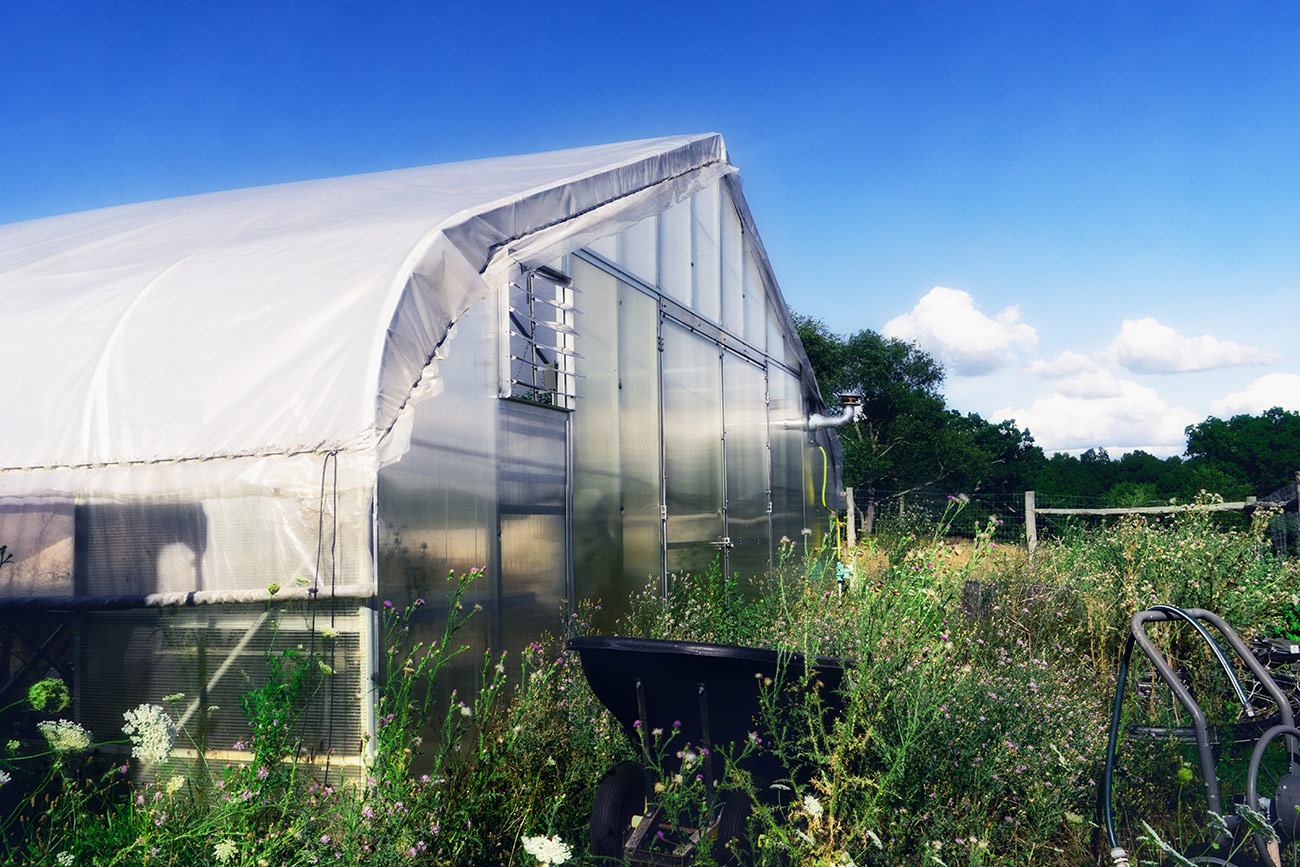
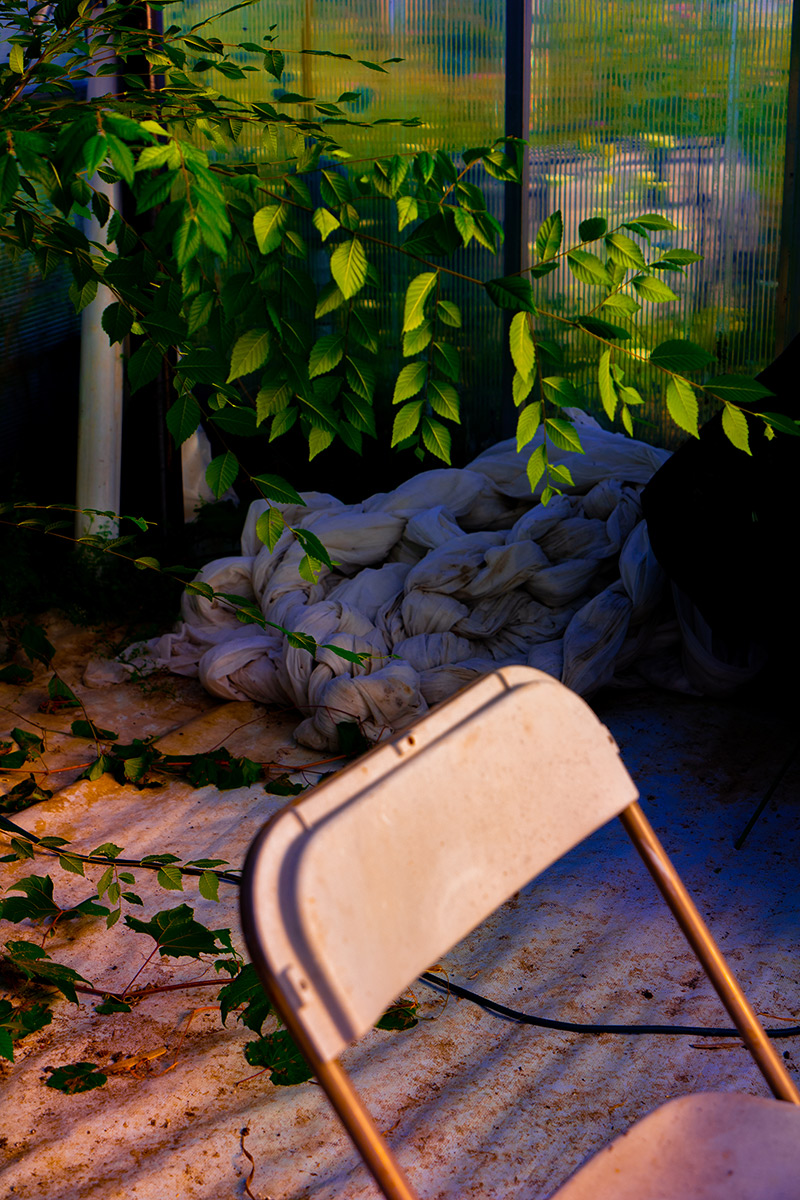
Archives are equally about safeguarding the future and the past, but not all archives will do. Our reliance on digital archiving has relieved us of a responsibility to our experiences and memories, leaving more space for malfeasance and the corrosiveness of apathy. (This is not a new idea; Plato said something similar about writing in 370 BCE 2, which I was reminded of this week in an essay on the space between digital and analog life.3) Land knowledge, seed libraries, recipes and microbes are all examples of living archives, and their collection and open-source sharing is their propagation and ours.
Sourdough has a relationship to time that can provide a simple but vital lesson about tending to life. The future simmers in the active elements of a sourdough slurry, requiring attendance and care in the present so that something fruitful may come of it later. Malcolm X said, “The future belongs to those who prepare for it today,” and a reward along the way (like a legislative victory or a loaf of bread) doesn’t pacify the resistance—it fortifies the struggle. Sourdough can grow exponentially and indefinitely with very little input, and through its maintenance, we become conservators and stewards of future food. But that microbial ecosystem requires vigilance in our kitchens and at every stage of construction (throughout the matrix of seed, land, labor, processing and distribution tied to production). Baking bread is not enough to keep the living archive living, but it is evidence of its value.
I’ve come to expect a different level of resistance from each variety of weed I get my hands on in the wheat plot—how quickly and under what strain I can expect to relieve the earth of it. I’ve wondered if there’s a word, coined by people who speak the same language as the land, for the moment when a whole plant gives way from the soil in defeat. In that release, the ground all around it moves. There’s something I’m supposed to learn here, I figure, about resistance, about seismic shifts, about dogged resiliency. Maybe if my hands stay working in the dirt long enough, the earth will show them what it is.
